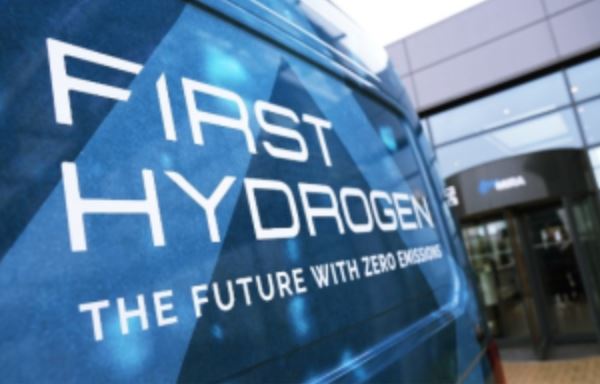First Hydrogen has launched its left-hand drive fuel cell electric vehicle (FCEV) following four operational tests in the United Kingdom. This move aims to expand its market reach to the USA, Mexico, South America, and Europe.
The introduction of a left-hand drive model is a strategic step to tap into larger markets, especially in regions actively investing in hydrogen technology. The European Union (EU) has committed EUR 43 billion to more than 120 hydrogen projects under the Integrated Projects of Common European Interest (IPCEI). These projects cover the entire hydrogen ecosystem from production to end use, with the goal of making the EU the first climate-neutral continent by 2050.
While the EU’s investment in hydrogen is substantial, the effectiveness of these projects remains to be seen. The funding is spread across various initiatives, including Hydrogen Valleys in ports, industrial zones, and airports. However, the alignment of these projects with the market needs and technological advancements is crucial. First Hydrogen’s FCEV must demonstrate competitive performance and cost-efficiency to capitalize on these opportunities.
In the United States, the Department of Energy (DOE) has allocated US$7 billion to establish seven regional hydrogen hubs. California’s Hydrogen Hub received $1.2 billion, signaling strong governmental support for hydrogen initiatives. First Hydrogen’s entry into the US market will depend on its ability to meet stringent performance standards and compete with other hydrogen and battery-electric vehicles.
First Hydrogen’s FCEV underwent four operational tests in the UK under various real-world conditions, including heavy loads and cold temperatures. The company reports no significant reduction in performance or range, highlighting a range of 630 km (390 miles) on a single tank. While these results are promising, independent verification and long-term data are necessary to validate these claims.
Balraj Mann, Group CEO of First Hydrogen, emphasized the vehicle’s performance in winter conditions, where battery-electric vehicles often underperform. However, it is essential to compare these results against industry benchmarks and standards. The real-world applicability, refueling infrastructure, and total cost of ownership are critical factors that will determine the vehicle’s success.





